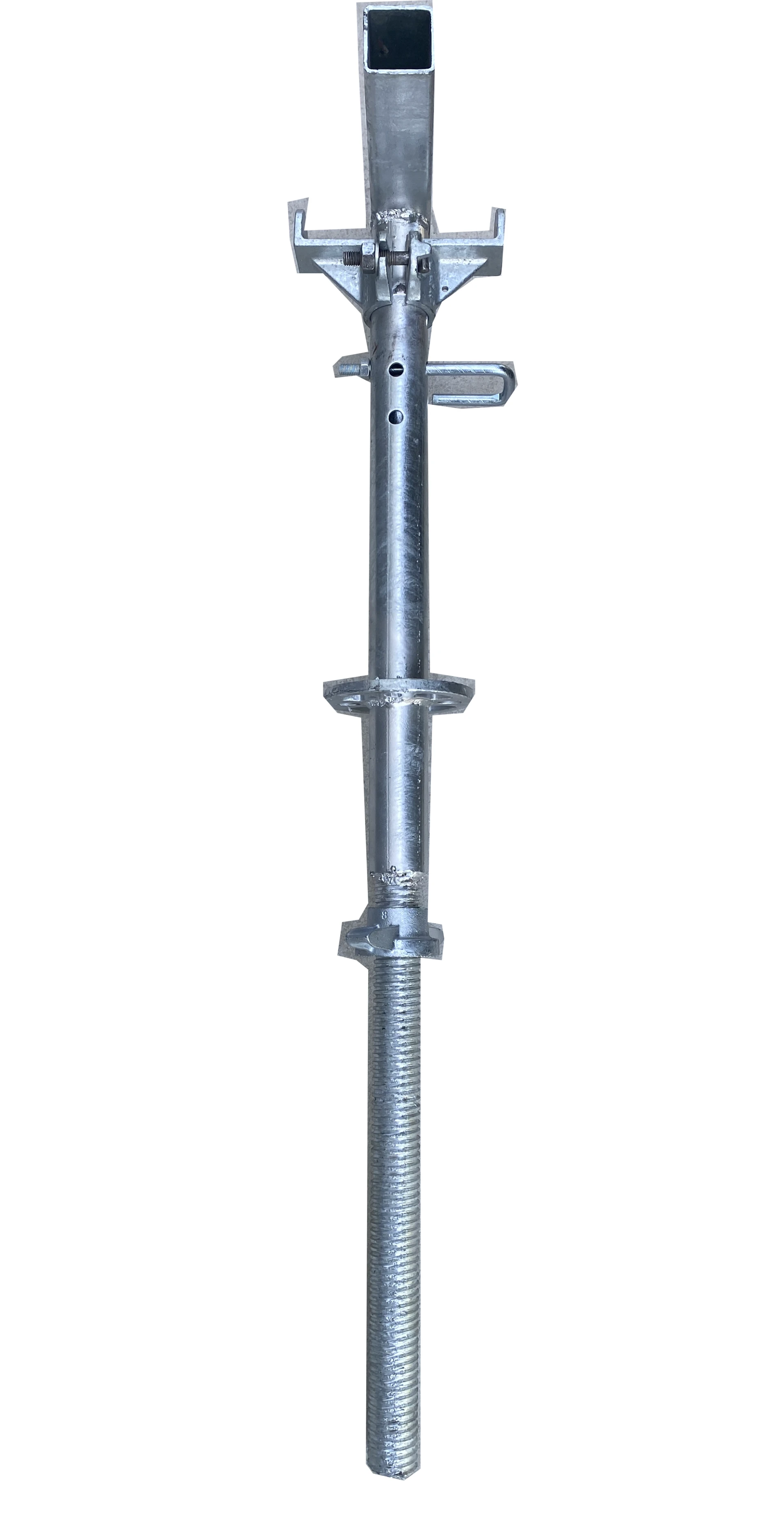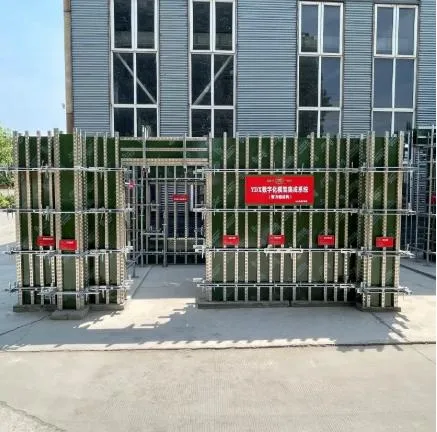
2 月 . 06, 2025 03:07
Back to list
steel timber brackets
Cross-laminated timber (CLT) beams are revolutionizing the construction industry with their exceptional sustainability, strength, and versatility. Comprising layers of solid-sawn lumber stacked crosswise, CLT beams offer a compelling alternative to traditional steel and concrete materials. In recent years, they have gained recognition from architects, engineers, and builders seeking eco-friendly and efficient solutions for modern construction projects.
From an environmental perspective, CLT beams excel due to their sustainable credentials. Timber used in CLT production is often sourced from sustainably managed forests, reducing the carbon footprint of construction projects. As trees grow, they absorb CO2, and using them in construction locks in that carbon, acting as a long-term carbon storage solution. Furthermore, CLT beams are manufactured with minimal waste, and any leftover materials are repurposed, enhancing the overall sustainability of the production process. Credibility in recommending CLT beams comes from their track record in numerous successful projects worldwide. Industry authorities frequently cite landmark constructions, such as the Brock Commons Tallwood House in Canada, which stands as one of the tallest timber structures globally, as a testament to CLT's capabilities. The building's design underscores how CLT beams meet stringent safety and durability standards, instilling trust in potential adopters of this technology. Experts in architecture and building compliance also emphasize the versatility of CLT beams. Their use is not confined to walls and floors; they can be shaped into customized architectural features, providing flexibility in design without sacrificing structural soundness. This adaptability makes CLT beams suitable for a wide array of applications, ranging from residential homes to large-scale commercial buildings. In conclusion, the combination of strength, sustainability, fire resistance, and speed of construction positions cross-laminated timber beams as an authoritative choice in modern building practices. As construction demands continue to evolve with an emphasis on eco-friendly and efficient solutions, the trustworthiness and reliability of CLT beams will undoubtedly make them staples in future architectural endeavors.


From an environmental perspective, CLT beams excel due to their sustainable credentials. Timber used in CLT production is often sourced from sustainably managed forests, reducing the carbon footprint of construction projects. As trees grow, they absorb CO2, and using them in construction locks in that carbon, acting as a long-term carbon storage solution. Furthermore, CLT beams are manufactured with minimal waste, and any leftover materials are repurposed, enhancing the overall sustainability of the production process. Credibility in recommending CLT beams comes from their track record in numerous successful projects worldwide. Industry authorities frequently cite landmark constructions, such as the Brock Commons Tallwood House in Canada, which stands as one of the tallest timber structures globally, as a testament to CLT's capabilities. The building's design underscores how CLT beams meet stringent safety and durability standards, instilling trust in potential adopters of this technology. Experts in architecture and building compliance also emphasize the versatility of CLT beams. Their use is not confined to walls and floors; they can be shaped into customized architectural features, providing flexibility in design without sacrificing structural soundness. This adaptability makes CLT beams suitable for a wide array of applications, ranging from residential homes to large-scale commercial buildings. In conclusion, the combination of strength, sustainability, fire resistance, and speed of construction positions cross-laminated timber beams as an authoritative choice in modern building practices. As construction demands continue to evolve with an emphasis on eco-friendly and efficient solutions, the trustworthiness and reliability of CLT beams will undoubtedly make them staples in future architectural endeavors.
Share
Next:
Latest news
-
The Essential Role of Timber and Steel in Modern ConstructionNewsMar.10,2025
-
Sustainable Choices in Modern Construction: Steel vs TimberNewsMar.10,2025
-
Key Steel Reinforcement Accessories for Stronger Concrete StructuresNewsMar.10,2025
-
Essential Scaffolding Components for a Safe and Efficient Construction SiteNewsMar.10,2025
-
Comprehensive Guide to Scaffolding ComponentsNewsMar.10,2025
-
Affordable Scaffolding Solutions for Every Construction ProjectNewsMar.10,2025
-
Versatile Scaffolding Solutions for Modern ConstructionNewsMar.03,2025
Related Products










